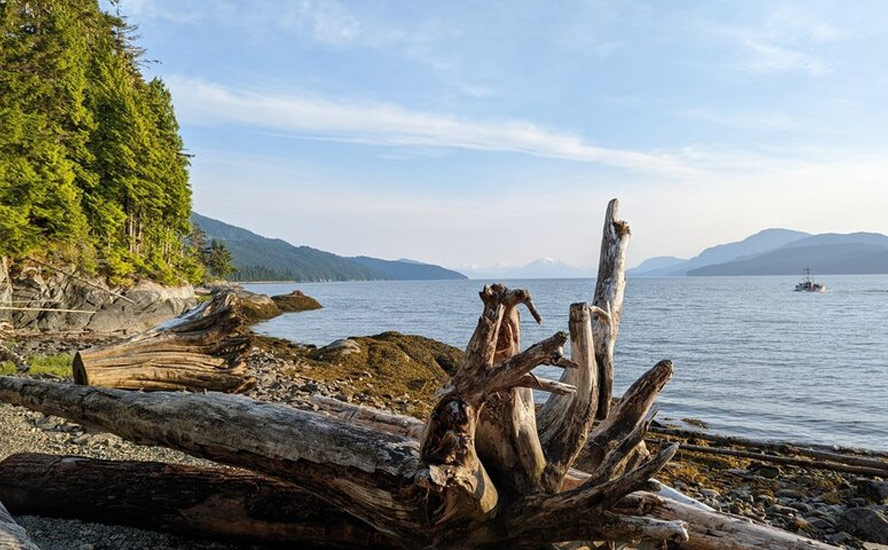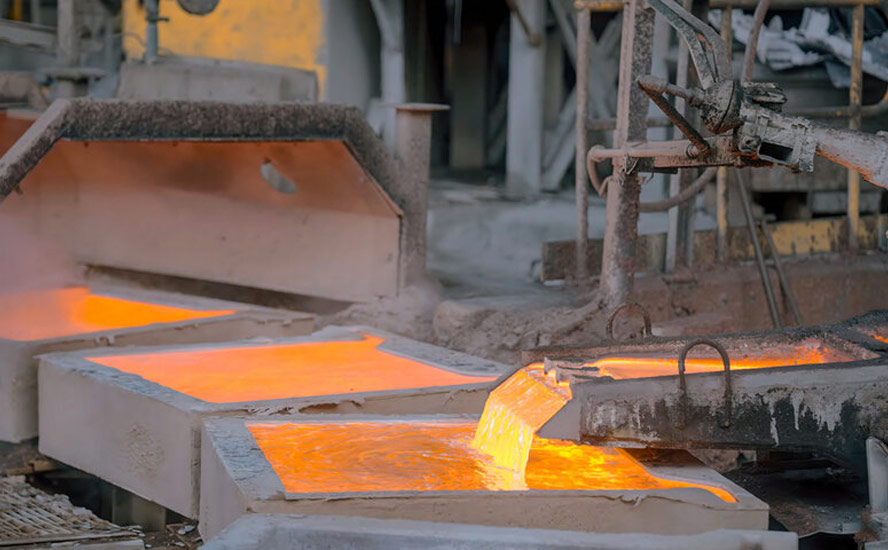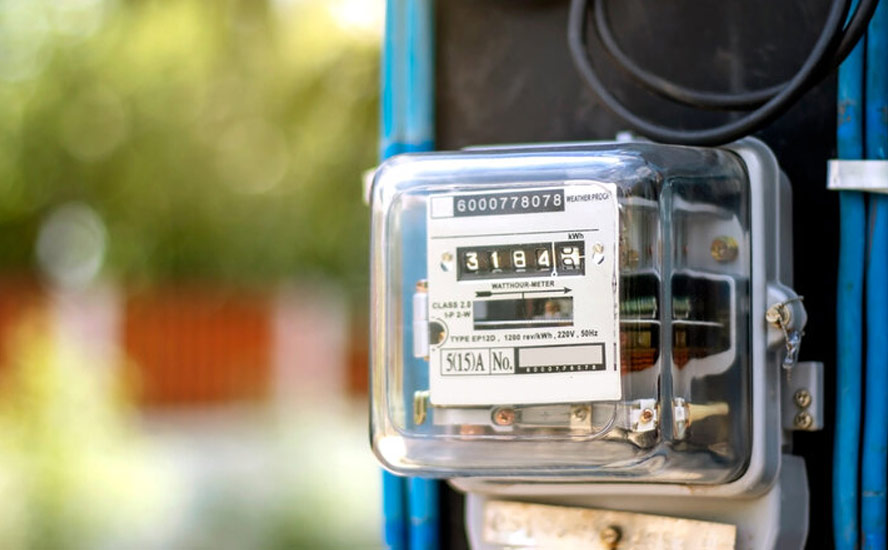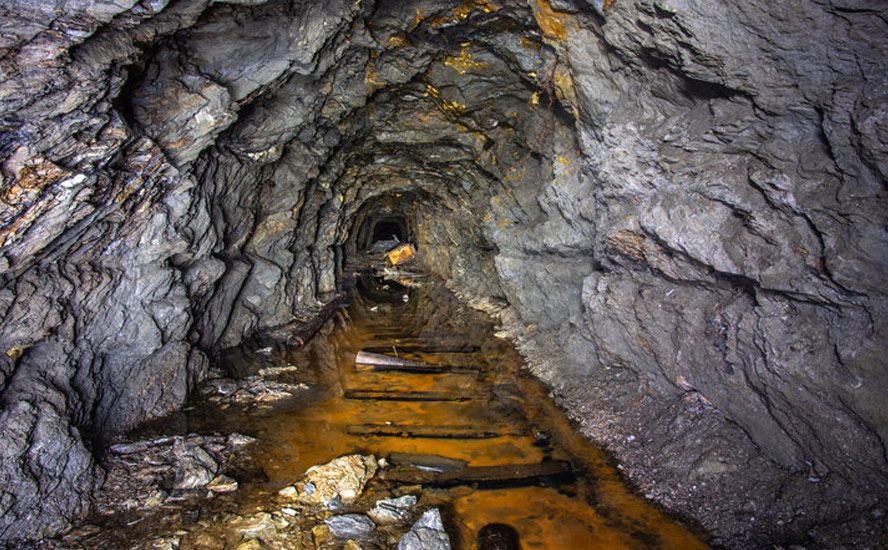ROCK hits high VMS grades in first five holes

2019.05.07
Rockridge Resources (TSX-V:ROCK) is off to a flying start at its Knife Lake volcanogenic massive sulfide (VMS) deposit in Saskatchewan, with the first five holes of its 2019 drill campaign returning high-grade copper-gold-zinc-cobalt mineralization.
The company is aiming to confirm, and expand on, historical drilling with the goal of completing an NI 43-101-compliant resource on the property.
The 12-hole, 1,053-meter diamond drill program, completed this past spring, has two objectives: to confirm the tenor of mineralization (the percentage of metals found in the sulfides) reported by previous operators, and to expand known zones of mineralization.
Of the three holes reported today (link), May 7, all cut high-grade mineralization.
Drill hole KF19003 returned a relatively broad, 37.6m intercept, starting from 11.6m downhole. The grades assayed at 2.03% copper, 0.19 grams per tonne (g/t) gold, 9.88 g/t silver, 0.36% zinc and 0.01% cobalt. In copper-equivalent (CuEq) terms, that’s 2.42%.
This hole also stood out for being in an area untouched by historical drilling.
“The results from drill hole KF19003, specifically 2.42% CuEq over 37.6m, have far exceeded our expectations and represents one of the best holes ever drilled on the project,” said Jordan Trimble, Rockridge’s President and CEO.
He added: “It is important to note that this drill hole was collared in an area where no historical drilling has been reported. As such these drill results are expected to have a positive impact on the historical resource.”

The next two holes had shorter intersections but good grades.
Hole KF19004 cut a 3.4m interval of sulfide mineralization that returned 1.01% copper, 0.08 g/t gold, 4.21 g/t silver, 0.19% zinc, and 0.02% cobalt for an estimated 1.25% CuEq.
A 4.5m section of drill core on hole KF19005, between 32.0 and 36.5m downhole, assayed 1.03% Cu, 0.06% Au, 3.98% g/t Ag, and 015% Co, or 1.2% CuEq.
The first two holes of the program returned quite broad intersections containing the same VMS metals. Assayed drill core on KF190001 saw 1.28% Cu, 0.12 g/t Au, 4.80 g/t Ag, 0.13% Zn, and 0.01% Co, for an estimated 1.49% CuEq. The 33.1m interval interval was between 7.5m and 40.6m downhole.
Previously reported diamond drill hole KF19002 returned 0.78% Cu, 0.07 g/t Au, 2.54 g/t Ag, 0.07% Zn, and 0.01% Co for an estimated 0.93% CuEq. The 43.8m interval was between 9.7m and 53.5m downhole.
All five holes drilled so far have also reported traces of rare metals indium and gallium. Indium is used to make transistors and other electrical components. Silver-blue-colored gallium is found in some medical thermometers as a substitute for mercury, in semiconductors and to make mirrors.
Knife Lake is currently owned by Eagle Plains Resources (TSX-V:EPL). Under an option agreement, Rockridge can acquire the project by incurring additional exploration expenditures of C$2.5 million over three years, along with issuing 3,250,000 million shares.
The 85,196-hectare property is about 50 kilometers northwest of Sandy Bay, Saskatchewan and within the Flin Flon-Snow Lake mining district, a prolific greenstone belt. Since the initial discovery of mineralization in 1915, the Flin Flon camp has produced over 170 million tons of sulfide ore from 31 VMS deposits, worth over $25 billion.
Historically explored with over 400 diamond drill holes, Knife Lake is a VMS deposit with a 15m-thick mineralized zone containing copper, gold, silver, zinc and cobalt. This winter’s drill program was the first exploration done since 2001.

A historical (non NI 43-101-compliant) resource estimate completed in 1998 showed 20.3 million tonnes grading 0.6% copper, 0.1 grams per tonne gold, 3.0 g/t silver, 0.06% cobalt and 0.11% zinc. This includes a higher-grade zone of 11.0 million tonnes grading 0.75% copper.
The first work was carried out between 1969 and 1973, including airborne geophysical surveys and soil sampling. The 1969 discovery hole returned 2.37% copper over 4.48m, including 3.5% over 2.5m. These days, anything over 1% is considered high-grade copper.
Rockridge believes Knife Lake could be the remobilized (moved by granitic rocks) portion of a larger VMS deposit, based on the mineralogy, mineral textures and metal ratios found within the deposit.
It aims to test this thesis by drilling deeper below the deposit and around it.
Assay results from the remaining seven drill holes are expected to provide good news fodder for ROCK over the next several weeks.
Rockridge Resources
TSX-V:ROCK Cdn$0.32 May 06
Shares Outstanding 25.4m
Market cap Cdn$8.12m
Rockridge website
*****
Richard (Rick) Mills
Ahead of the Herd Twitter
Ahead of the Herd FaceBook
Legal Notice / Disclaimer
This document is not and should not be construed as an offer to sell or the solicitation of an offer to purchase or subscribe for any investment. Richard Mills has based this document on information obtained from sources he believes to be reliable but which has not been independently verified. Richard Mills makes no guarantee, representation or warranty and accepts no responsibility or liability as
to its accuracy or completeness. Expressions of opinion are those of Richard Mills only and are subject to change without notice. Richard Mills assumes no warranty, liability or guarantee for the current relevance, correctness or completeness of any information provided within this Report and will not be held liable for the consequence of reliance upon any opinion or statement contained herein or any omission. Furthermore, I, Richard Mills, assume no liability for any direct or indirect loss or damage or, in particular, for lost profit, which you may incur as a result of the use and existence of the information provided within this Report.
Rockridge Resources (TSX.V:ROCK), is an advertiser on Richard’s site aheadoftheherd.com. Richard owns shares of ROCK.
Legal Notice / Disclaimer
Ahead of the Herd newsletter, aheadoftheherd.com, hereafter known as AOTH.Please read the entire Disclaimer carefully before you use this website or read the newsletter. If you do not agree to all the AOTH/Richard Mills Disclaimer, do not access/read this website/newsletter/article, or any of its pages. By reading/using this AOTH/Richard Mills website/newsletter/article, and whether you actually read this Disclaimer, you are deemed to have accepted it.


























